What Parents & Teachers Need to Know & Do
by James LoGiudice, M.A.
You’re having an adult conversation when all of a sudden you realize that your chat has been hijacked by someone who argues like a well-paid middle-aged lawyer but who is only 12–your gifted child. When did you first know your child was gifted, and how?

Over the past 45 years, I have had many opportunities to teach, interview, observe and work side by side with thousands of gifted students. Using these rich and intense experiences, I have been able to help schools and teachers develop practical and effective educational programs as well as to help parents understand and advocate for their gifted children. This is my mission in life, which stems from my earliest teaching experiences as a Christian Brother.


What is it that characterizes gifted students, aside from measures of their high intelligence? They are able to observe more intensely, develop keen insight, and understand key concepts and principles of a discipline rather than just the “facts.” Simply put, gifted students can absorb what is going on around them from a different perspective. These are learners who are keen to study a subject in depth, calling on what they already know, and then investigate and explore further the several angles of a topic or key concept at once. Insight and conclusions of significance are the final products of their independent investigations.

Gifted students have the ability to see relationships and connections. It is this dimension that allows a very bright person to see across and beyond the specific and circumscribed. The academically gifted child is able to recognize how a variety of issues, content areas, skills and concepts are interrelated. This capacity for seeing cause and effect connections, and for easily breaking out of constrained boundaries flourishes when gifted children are motivated and challenged intellectually.
Gifted children can balance connections, bridging time and place, and almost seamlessly navigate the many sources of information accessible to them from today’s media sources.
It is important for parents and educators to remember that gifted children absorb and make use of all that they have learned and experienced to understand things with increased depth, resulting in a broader vision, and heightened levels of insight.

Seeing “grey” is perhaps the most defining trait for the gifted, a truth that is reinforced every time I interview and interact with these students, or observe them in high-level challenging gifted education programs. This sensitivity to seeing grey requires an awareness of nuance and subtlety, as well as an awareness to variations of meaning and levels of implication, and complexity. To see grey instead of black and white is a mixed blessing. In a school world where most of the day and learning is often organized into neat, compartmentalized boxes, to have a view that takes in shadows, shades, and ill-defined blends may be unsettling to self and others. Yet, it is this quality of “greyness” that allows the gifted to deal comfortably with paradox and ambivalence. They can welcome, and even flourish, when they meet with ambiguity, which is essential to creative thinking.

Gifted children are not overwhelmed so easily by the unsureness of prescribed answers. This quality motivates these students to prefer interdisciplinary approaches to learning and problem-solving. Gifted children are able to examine matters in their full context with a keen realization that there are few easy answers or simplistic solutions.

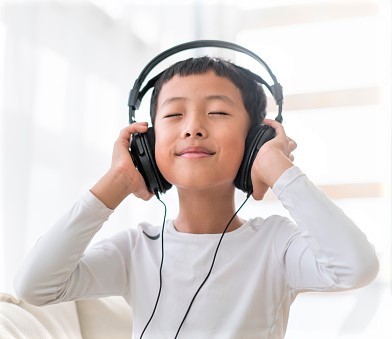
An eye for aesthetic appreciation and understanding is another, often overlooked, aspect of my portrait of the gifted child. Aesthetic ability implies an understanding of the underlying principles of beauty, order, and awareness about the profound human gift of creative expression. Gifted children are able to look beneath the obvious in their search for what is appealing, pleasing, and even right or wrong. They are able to use aesthetic awareness to recognize universal truths and patterns, and thus thrive on interdisciplinary themes and connections.
Aesthetic appreciation involves more than just observing and appreciating art. It involves an understanding of the importance of aesthetics to the human condition, to civility, order, morality, the difference between good and bad, tolerance for differences, and being able to use the scope of this caring understanding when making judgments.

Another example is the bright child’s love for words spoken at the adult level by adults. Somehow the sounds of the words resonate and are pleasing in themselves.
Verbal and behavioral parental messages can have a tremendous lasting effect, as did Editor and Pulitzer Prize-winning author Edward Bok’s mother’s message to her children, encouraging them to make the world a better and more beautiful place as a result of their having been a part of it. Each of her 16 children did as she suggested in his or her own profound and lasting manner.

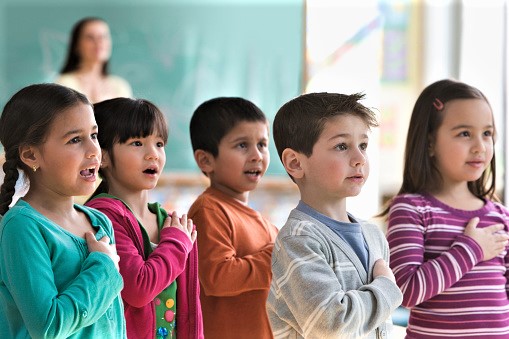
While teaching gifted students across all grade levels over the years and conducting interviews with them, I have been struck by their advanced concern and insight about social justice issues. They often voice a preoccupation with fairness and the plight or distress of others. Parents and teachers need to be aware that this sensitivity to unfairness and justice may also foster a need to question rules and norms that seem unjust.

This can alienate peers if it involves challenging social norms and beliefs. It can also create conflict with adults and authority figures. However, gifted children will benefit from the support of caring adults who not only respect their heightened sensitivity and validate their observations as perceptive, accurate and compassionate, but also show them how to channel their reactions in ways that are productive and socially responsible.
What Should Challenging Instruction Look Like?
What emerges from this portrait of the gifted is the need for educational programs that are different from simply giving gifted children more of the same work in less time. Here are a few key questions that teachers and parents should ask and consider when assessing the quality of schooling and instruction programs for their gifted child:

- Are the content and curriculum presented in a conceptual, rather than a strictly factual, manner that allows for rich extensions and connections to other learning and skills?
- Are students asked to demonstrate their learning through intellectually demanding assessments and performances, ones that call for complex, creative thinking and problem-solving, not simply fill-in-the-bubble or -blank tasks?
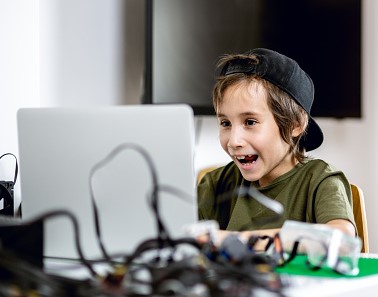
- Do instruction and assignments provide for students of high ability, or those who have already mastered course content understandings, to move at a faster and different pace, and allow for in-depth exploration and examination of topics and projects?
- To what extent is the class centered only or primarily on teacher-directed instruction, where little or minimal high-level student interaction and small-group engagement is taking place?
Often gifted students become bored, unhappy or frustrated with the pace of learning in traditional classrooms, especially when they already know what is being taught and feel as though they are being held back by the slower learning needs of other students. Consequently, they may feel trapped and helpless, which may result in feelings of depression or discouragement.
Acceleration: Many Models for Instructional Challenge
Acceleration can take many forms other than grade skipping, and these options should be examined when developing differentiated instructional challenges for advanced students. While some of these forms are applicable for small or large groups, others are more specifically designed for the individual child.

Early Admission to School: Students enter kindergarten or first grade before minimum age set by school or district policy.
Subject-Matter Acceleration/ Partial Acceleration: Students are placed in higher grades with older peers for part of the day. They have access to advanced curriculum, instructions and resources.
Grade Skipping: Students are given a grade-level placement ahead of chronological-age peers. This option should include comprehensive child study team discussion and assessment of the student’s academic, social and emotional needs preceding whole grade acceleration decisions. (Refer to the most recent edition of the Iowa Acceleration Scale, Great Potential Press.)
Continuous Progress: Students are given content progressively as prior content is mastered or curriculum standards are met.
Flexible & Self-Paced Instruction: This option allows students to move through content and instructional activities at a self-selected pace. This is appropriate when it is obvious that the student has mastered content or concepts and is ready to move on at a faster pace working independently.
Curriculum Compacting/Assessing Student Mastery: The student’s instruction involves reduced amounts of introductory activities, drill, and practice. When pre-assessment data clearly shows that the student already has mastery of content and concepts, curriculum compacting is an appropriate alternative for increasing challenge.
In order to ensure that a full range of alternative services and programs are available for the gifted across grades, school districts should have formal policies that address acceleration and placement procedures. An acceleration policy contributes to broad, comprehensive district-wide gifted education programming. An important and useful resource to assist districts and stakeholders develop acceleration policy is: Guidelines for Developing an Academic Acceleration Policy, Acceleration Institute, 2010.

School districts should assess and identify children as gifted in response to requests from parents and teachers and then provide them with special services in grades K through 12.
If this testing is not available in your school district, private testing may be needed to identify and document your child’s special abilities and needs. For more information about gifted identification through psychological testing and the right age to do it, please refer to the article Testing Gifted Children, which is included in the Publications section of the Center for the Gifted website.

Parenting Gifted Children
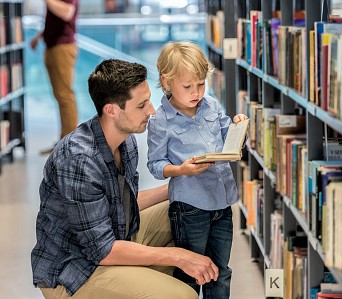
- Parents should provide their gifted children with a wide variety of exploratory activities to develop hidden interests. Allow your child to dig deeply when an interest is found. Well-roundedness isn’t always necessary for maximum personal development.
- Introduce your child to literature and the arts through trips to libraries and bookstores, lectures to meet authors, visits to art and other museums, attending plays and concerts, and supporting the growth of your child’s own artistic talents.
- Arrange for your child to have opportunities to be with “true peers” on a regular basis or with older children for strategy situations such as chess and other games or simulations.

- Help your child develop verbal responses to be used in negative situations with age peers. Your child may not understand why people, including siblings, act strangely or hurtfully toward them. They may need help developing strategies to handle this behavior.
- Model your own desire for learning, curiosity and respect for intellectual pursuits and achievements.
- Help your child to be involved in service groups so that a sense of social responsibility and caring about others will be reinforced.



- Include your child in most educational decisions that affect her or him, including grade skipping, early college entrance, and extent of participation in the gifted program, as well as honors and Advanced Placement courses.
- Begin researching college programs early. Start saving and planning for higher education even before students reach high school. High ability does not necessarily lead to scholarships anymore.
- Develop a bibliography of books for you to read as a family. Use Judith Wynn Halsted’s Some of My Best Friends Are Books as a starting point.
What Is the Best Book About Gifted Education?
A key book that I most often refer to and suggest as a gifted education primer for both teachers and parents is: Re-Forming Gifted Education: Matching the Program to the Child, Great Potential Press, 2001 to 2020. The title says it all. Karen B. Rogers has done yeoman’s research in this field, knows whereof she speaks, and says what parents and teachers need to hear in the most nuts-and-bolts language.
Chapters include titles such as:
What Kind of Gifted Child Do You Have?
What Kind of Education Do You Want for Your Gifted Child?
Program Provisions & Grouping Within the School
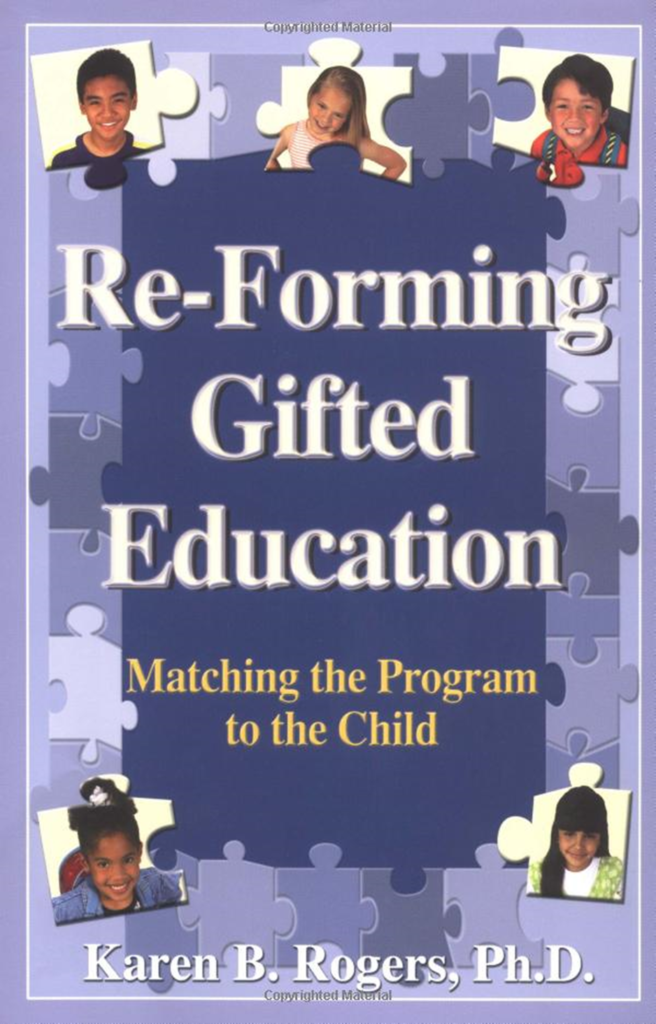
Advocacy 101

Ongoing periodic evaluation of a school district’s services for the gifted is essential for maintaining and improving the quality of programs. Here are some key questions that teachers and parents should ask or consider when assessing the quality of educational programs and evaluating the extent to which their school’s programs meet the needs of the gifted child:
- What is the nature of the vision, purpose and underlying goals that define and drive programming for the gifted?
- Is rigorous and consistent challenge offered in every academic area, across grade and building levels?
- In what way is programming for the gifted coordinated and integrated with regular education curriculum and everyday classroom learning?
- Are a range of methods and assessments used to identify gifted students’ advanced learning abilities, and monitor their progress?
- Are day-to-day programming and instruction for the gifted consistent with the district’s program goals, and related to individual student’s needs?

- What professional strategies are used to keep teachers up to date, and support differentiation of instruction for the gifted in both their regular and enrichment classes?
- To what extent are staff and teachers in general aware of the characteristics and learning needs of the gifted?
- Are a range of learning and grouping options available, across grade levels, where gifted students can work with peers and move at a faster pace and with more in-depth investigation?
- To what extent does instruction of the gifted include integration of current technology?
- What comprehensive practices and procedures are used to identify students who qualify for gifted education services?

What I’ve Learned So Far About the
Fundamentals of Gifted Education
- I’ve observed that there are teaching techniques and curriculum models that have proved helpful over time, ones based on substantive research, and eminently suited for challenging gifted students. Two curriculum and instructional models stand out as excellent ones. If I were designing gifted program services or programs today for students across grade and school levels, these rich and comprehensive frameworks would be my templates for doing so:
- Understanding by Design, Expanded 2nd Edition, Pearson, 2005. UBD is an excellent high-level curriculum instructional framework that focuses on big ideas, enduring understandings, and authentic performance assessments or demonstrations beyond quizzes, tests, and fill-in-the-blank worksheets. Classroom exemplars and models across grade and content area levels abound in the commercial, ready-to-go, research-based resources. The UBD curriculum is an excellent one for use with gifted students. Jay McTighe and Grant Wiggins are the practitioners and gifted education experts who have developed this nationally recognized model.


- The Parallel Curriculum: A Design to Develop Learner Potential and Challenge Advanced Learners, 2nd Edition, Corwin Press. Copyright 2009 by NAGC. This is an excellent, structured, concept-driven curriculum model with four lenses to help students explore and understand the disciplines. It is a model that provides opportunities for students to develop in-depth understandings and deal with profound ideas, and it calls on students to develop competencies and approaches to problem-solving. Authors: Carol Ann Tomlinson, Sandra N. Kaplan, Joseph S. Renzulli, Jeanne H. Purcell, Jann H. Leppien, Deborah E. Burns, Cindy A. Strickland, and Marcia B. Imbeau.
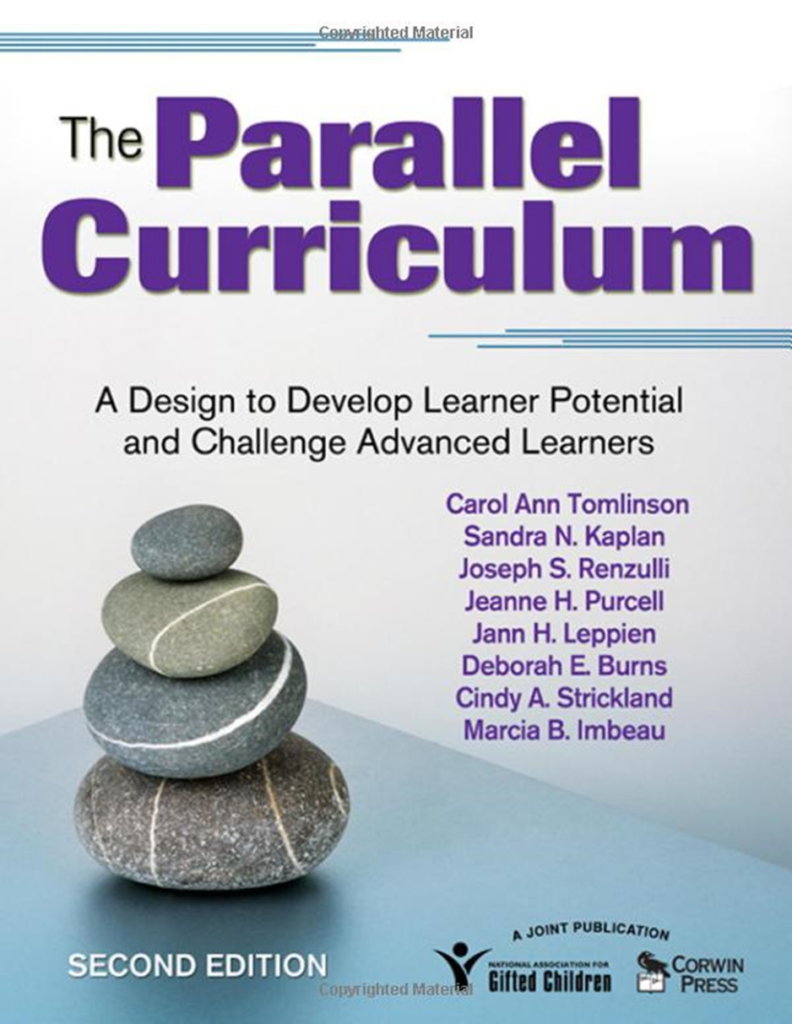

- Gifted students benefit from being grouped with their intellectual peers for a significant part of their instructional day. There is no substitute for grouping gifted kids together in settings where they can interact at their own high levels of learning and inquiry. This helps them develop in ways that would not be possible without this level of interaction. Grouping allows gifted children to learn and soar at a pace that reflects their high level of academic abilities, just as varsity sports teams and high school bands do for children who practice and perform together.

- Loud and determined advocacy on every front, locally, state-wide and individually, is absolutely necessary in order to assure recognition and challenge for the gifted. This advocacy must be vigilant, open to collaboration, and armed with information.
- Gifted students are much better served and challenged in the long run when districts offer substantive, high-level curriculum and special education programs for gifted students, instead of focusing primarily on individual needs, although these needs must also be identified and met.
- Begin at the beginning. Take steps to inform and empower parents, administrators, regular education teachers, and most importantly, teachers of the gifted, so that they know about the defining characteristics of gifted students and understand their underlying connection to learning and instruction.
